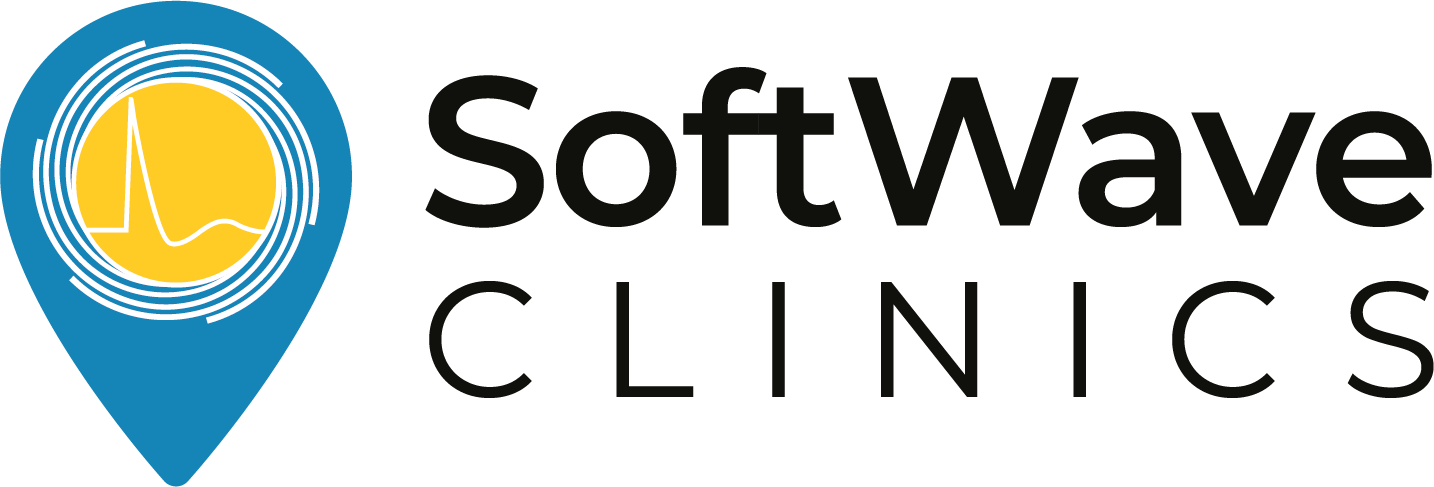Methods: Adult Sprague Dawley rats were subdivided in 3 groups: sham-operated (sham), infarcted myocardium with epicardial SWT (SWT group) and infarcted myocardium without epicardial SWT (control). Four weeks following myocardial infarction (MI), SWT (100 impulses at 0.15 mJ/m2) was applied directly to the infarcted region in the SWT-group, control animals were left untreated. Cardiac function was evaluated using echocardiography. Angiogenesis was evaluated by analysis of mRNA and protein expressions of several pro-angiogenetic factors. Changes of the extracellular matrix was analyzed by measurement of MMPs and TIMPs. Macrophage migration and differentiation as well as their angiogenetic effect were proofed.
Results: 24 hours after direct epicardial shock wave treatment mRNA as well as protein levels of VEGF which disintegrates VE-cadherin tight junctions of endothelial cells was significantly increased. At the same time numbers of macrophages in the treated ischemic myocardium were increased causing a change of the extracellular matrix by means of matrix metallo-proteinase levels an their inhibitors (TIMPs) thereby enabling endothelial cells to migrate. Increased levels of CXCR-4 mRNA seem to be responsible for macrophage stimulation. Subsequently, a significantly increased proliferation of endothelial cells was found in the treatment group.
Discussion: It is well known that SWT improves cardiac function in ischemic heart disease. In this experimental project we have been able to show that recruitment and stimulation of macrophages, especially the pro-angiogenetic and anti-inflammatory M2 sub-population, is responsible for induction of angiogenesis in ischemic myocardium after direct epicardial shock wave treatment. M2 macrophages could differenatiate from monocytes and M1 macrophages.
Conclusion: Direct epicardial SWT induces angiogenesis by macrophage stimulation in an experimental model of ischemic heart failure in rats. No adverse effects have been found. Direct epicardial shock wave treatment could therefore develop as an adjunct to CABG surgery for regeneration of ischemic myocardium.
